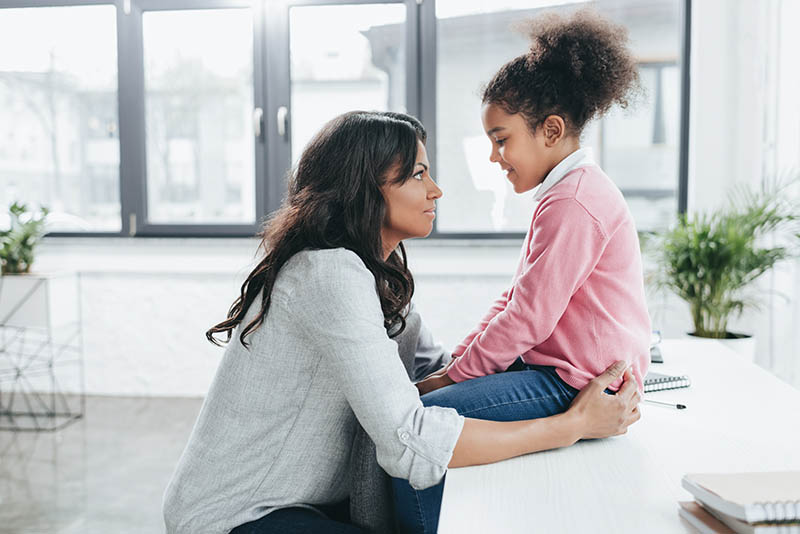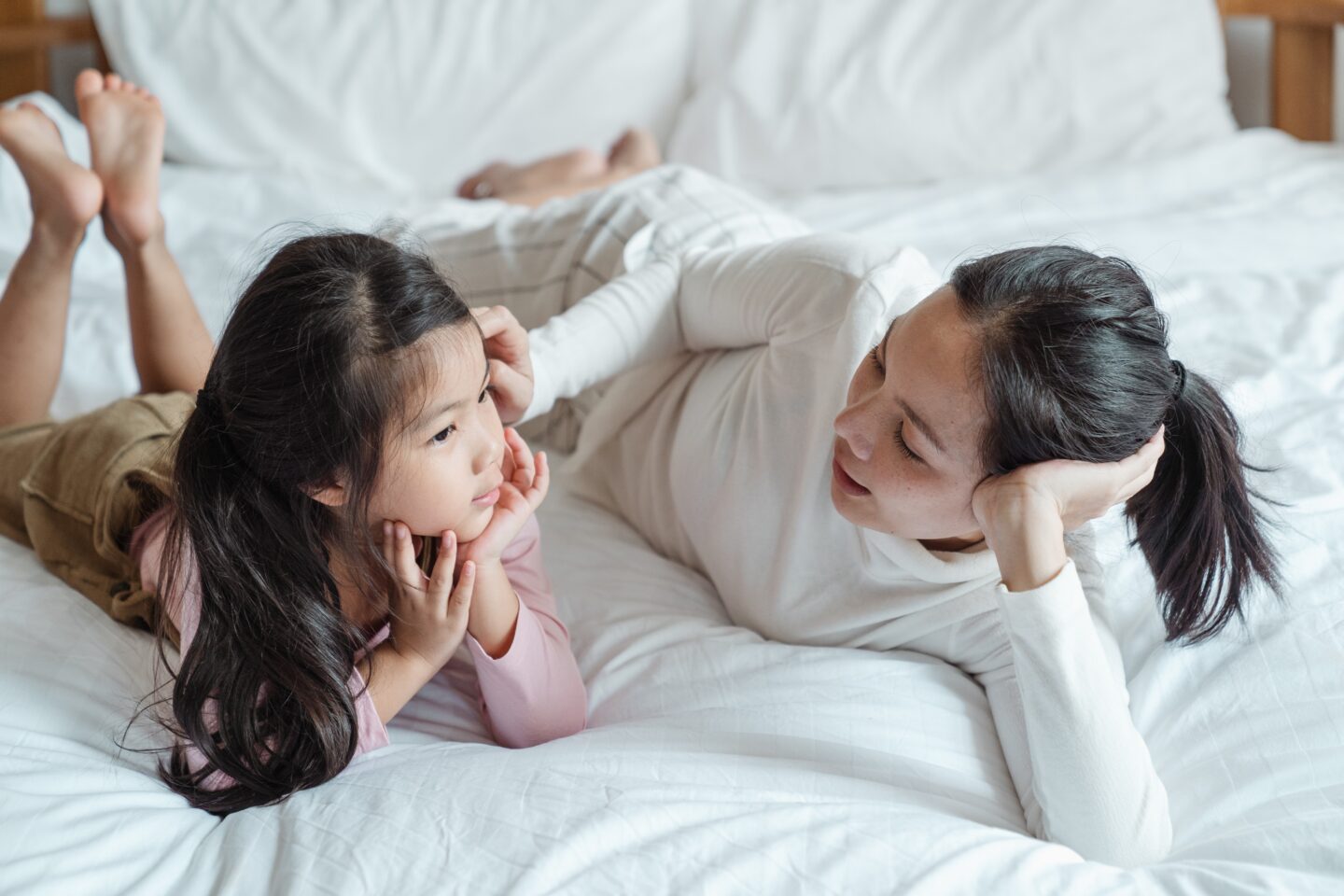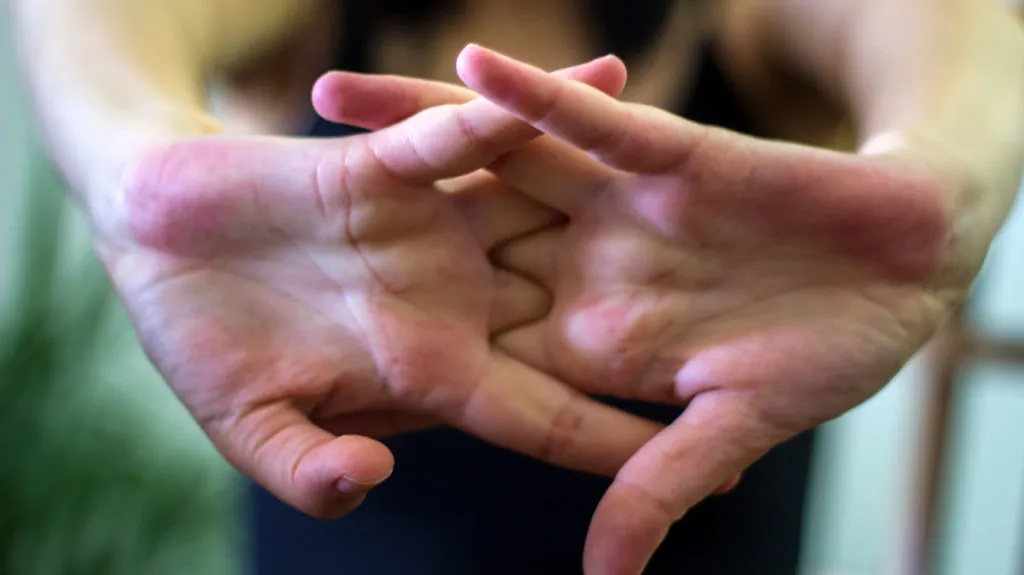“When Can I Begin Using Makeup?”
Observing your children apply cosmetics can evoke a range of emotions, as it may signify an unsettling period of transition that accompanies their maturation. The decision of when to allow children to wear cosmetics is yours, but according to a 2019 YouGov study, the majority of parents believe it’s between the ages of 14 and 16.
“Starting Conversations About Beauty”
Suzanne Alderson, founder of the charity Parenting Mental Health, suggests, “Conversations about beauty should begin well before the child brings it up.” These conversations should emphasize that our physical appearance doesn’t always indicate our worth. At an early primary age, consider using dolls or characters from books or television to explore visual differences; maintain open and nonjudgmental communication. For example, you could ask, “What do they appreciate about this character, and what’s the reason for that?”

Request their definition of cosmetics and the reason they desire to wear it. Activities like face painting and dress-up boxes encourage children to explore their identities. For younger children, this activity may simply be an extension of that.
“Influence of Senior Siblings and Parents”
Children unconsciously mimic their senior siblings’ and parents’ actions. Clinical psychologist and co-founder of mental health clinic Kove, Dr. Jenna Vyas-Lee, explains, “Up until the age of twelve, the primary attachment figure – typically the primary carer – exerts tremendous influence.” Be aware of your own preconceptions regarding cosmetics; for example, you may criticize those who wear it excessively or refuse to leave the house without it.

Alderson states, “When we speak of beauty, value, and worth, it should be reflected in our actions.” Refrain from making self-deprecating remarks such as, ‘I have so many bags under my eyes.’ On the contrary, encourage children to embrace their inherent imperfections, as they observe your own self-acceptance.
“Understanding Skin and Bullying”
Fiona Yassin, clinical director, psychotherapist at The Wave Clinic, advises that as children mature, they may occasionally use makeup to conceal their negative emotions. “Youth who struggle with their skin or have been bullied about their appearance frequently apply more makeup,” she advises. Be on the lookout for these subtle changes.
Try to accompany them on their makeup purchases and assist them in developing a regimen that prioritizes skin health over the use of heavy products; lighter formulations (such as tinted moisturisers and lip balms) are ideal for this purpose. This discussion is likely to continue as they mature.
“Am I Allowed to Diet if I Think I’m Fat?”
A study conducted by the University of Oxford revealed that while childhood should be a period of joy and autonomy, one in every four children in England is on a diet. Virginia Sole-Smith, author of Fat Talk: Coming of Age in Diet Culture, states, “Unfortunately, children become aware of the negative connotations associated with obesity in our culture between the ages of three and five.” Anti-fat prejudice is conveyed to children through the media they consume, discourse in educational settings, and how we treat and discuss our own bodies.

“Body Positivity and Diet Culture”
Adopt a zero-tolerance policy for dismissive remarks made by close acquaintances or family members, including phrases like “you’ve filled out” and derogatory terms like “sturdy,” “stocky,” or “big” that describe physical appearance.
Talk to children about body diversity early on and make sure they understand that they don’t need to change. The goal is to help them navigate diet culture and develop resistance to anti-fatness sentiments.
After your child has received a derogatory comment about their physique, consider their feelings without trying to mimic your own reaction. Avoid using outdated expressions like “sticks and stones may break my bones, but words will never hurt me.” These disregard the child’s feelings and can be harmful, altering their perspective of the world.
One could say, “I can understand why that person said that; it could have caused you significant distress or sadness.” You are in a good position to assist your child in identifying and making meaning of their emotions, as well as in comprehending that people have different body types, without immediately responding with “You are perfect in my eyes.”
“Muscle Development and Exercise”
Jodie Cariss, therapist, and founder and CEO of Self Space, advises, “If they say they don’t feel good or don’t like how they look, take that seriously and work with them to find ways to alleviate it; but don’t try to solve it for them.” While shopping for clothing, you might ask, ‘How does it make you feel?’ Is it empowering? ‘Do you feel confident in it?’ is a question that inquires about the individual’s emotional state regarding their physical aspect.

It may be worth investing in a body-positive personal trainer to oversee their routine and alert them when it becomes excessively strenuous. Encourage them to participate in a group class or sport to show that fitness also has a social and communal dimension. “This encourages them to begin appreciating their bodies and sensations of well-being, rather than solely fixating on physical attractiveness,” explains Cariss.
“Waxing and Shaving”
Long considered a beauty standard, hair removal is now more of a personal preference and less of a stigma. Explain that body hair serves a biological purpose, but its removal is at their discretion.
Demonstrate proper shaving techniques, avoiding dry skin and using high-quality safety razors. Discuss alternative methods, including waxing and depilatory products, should they express interest in removing hair during puberty. Make an effort to understand their motivations, rather than firmly rejecting their choices when considering products together.
“Females Shaving Armpits and Legs”
Children might notice that the pressure on boys and men to be permanently hairless isn’t equivalent. Educate them on a brief historical context: in the 1930s, razor companies, the fashion industry, and women’s publications all promoted hairless legs and armpits. They can also be informed that, unlike what they may have seen online, they have complete control over their physical appearance.
Boys may experience the appearance of facial hair as they reach adolescence. The initial act of shaving can induce anxiety. Invest in high-quality razors and shaving cream for teenage skin, as it can be sensitive. There are fundamentals to observe, including shaving after a shower when the skin is warm, avoiding irritation and ingrown hairs by not shaving against the grain, and applying a soothing balm afterward. “A weekly shave will likely be adequate to begin with; however, remind them not to share razors.”
“Grey Hair and Self-Acceptance”
As they age, continue the dialogue with older children and be candid. Explain that as bodies and hair change, some people embrace this, while others may choose to postpone it. Both options are acceptable as long as the decision is personal and doesn’t come with a sense of obligation, shame, or regret.
Educate them about gendered ageism and how it influences perceptions of attractiveness for women. Discuss the advantages and disadvantages, seek their input, and identify exemplary figures, allowing them to take the initiative. Avoid imposing personal beliefs, as this could strain the relationship.
Children should avoid dying their hair until after the age of 12, as doing so could expose them to the risk of developing sensitivities. It may be more appropriate to use hair chalks or impermanent colour sprays on younger children. If you suspect they are considering dying their hair due to peer pressure or abuse, listen without reacting and engage in constructive dialogues to foster self-confidence.





